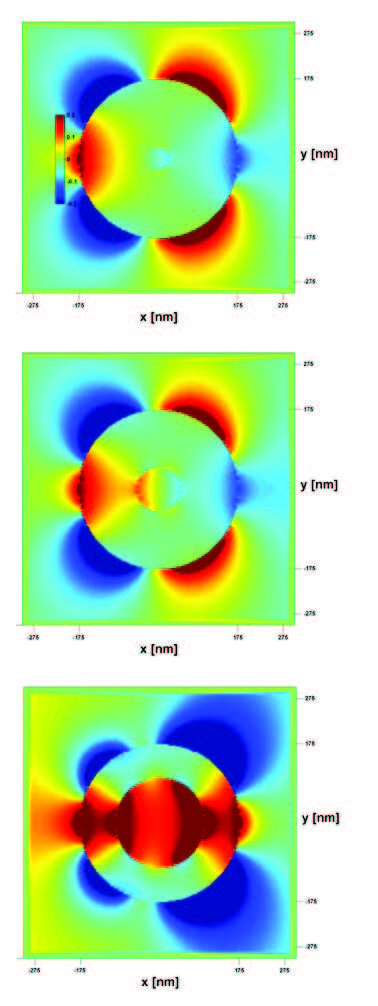Various materials can be used to control the path of light or any other type of electromagnetic (EM) wave. For example, the lenses in a pair of eyeglasses are shaped to achieve a desired optical function. While nature and chemistry have provided many such materials, it is only in more recent years that scientists have been working at the nanoscale to create a range of “metamaterials” with novel and promising EM properties.
“Metamaterials increase the degrees of freedom for controlling EM wave behavior,” according to Fernando L. Teixeira, associate professor of Electrical and Computer Engineering at The Ohio State University and a faculty member of OSU’s ElectroScience Laboratory. “For example, it might be possible to create metamaterials to provide super-resolution lenses, negative refraction and electromagnetic cloaks.”
The fabrication-associated design process of new metamaterial-based EM devices is expensive, time-consuming and sometimes very difficult. Manufacturers often turn to modeling and simulation to limit trial-and-error before the actual fabrication and prototyping process begins.
Teixeira and his research team have found that existing commercial codes do not have the capability of analyzing complex metamaterials with a sufficient degree of accuracy. Therefore, they are using the large parallel systems of the Ohio Supercomputer Center to develop faster, more accurate computer algorithms to investigate EM wave behavior in metamaterials, focusing especially on three types:
− photonic crystals (for slow pulse propagation)
− nanoscale metallic structures (for compact optical devices)
− isoimpedance metamaterials (for reflectionless waveguide bands).
--
Project lead: Fernando Teixeira, The Ohio State University
Research title: Large-scale time-domain simulations for electromagnetic wave propagation and scattering in metamaterials
Funding sources: National Science Foundation, Air Force Office of Scientific Research
